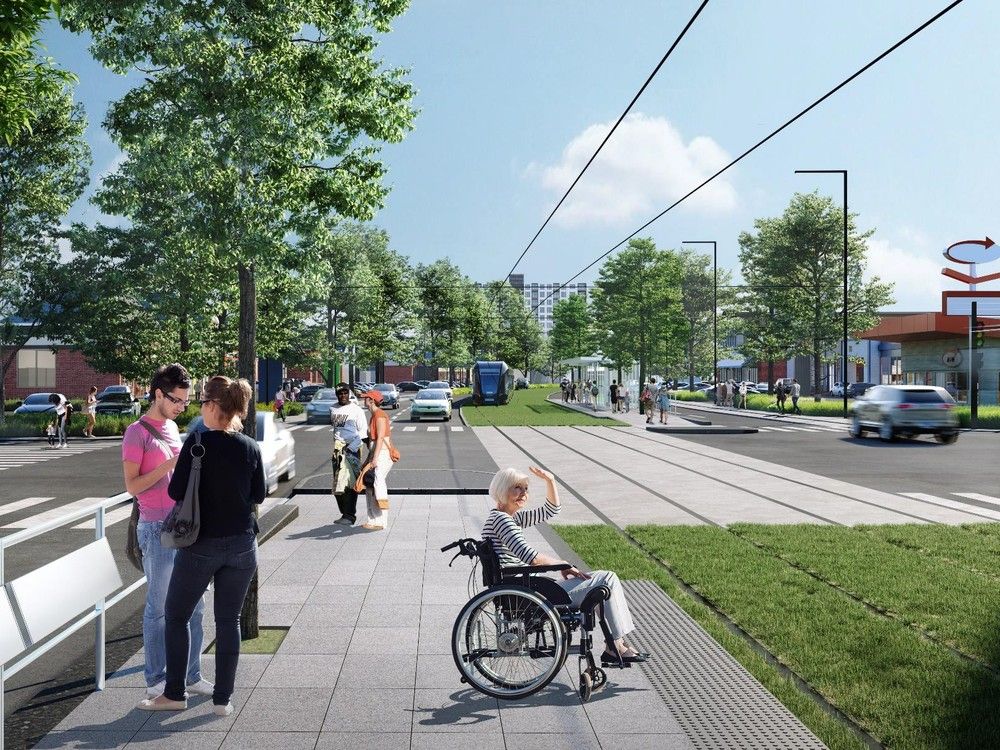Urban Sky
Senior Member
I am probably the only one here who has been lucky enough to have seen at some point VIA’s plans and how Metrolinx (or ONxpress) plans to accommodate them in their own ambitious expansion plans. While I of course can’t comment on the specifics, I feel confident to say that I have absolutely no worries that whatever Ontario plans to build and operate in the GTHA might hinder or impede the ambitions of VIA or HFR/HSR.My concern w/the OL for the purpose of the comparison is that it removed capacity (potential capacity) from the Lakeshore East Corridor, without allowing for a service model that included HFR/HSR and/or dramatically ramped up VIA service.
The 4-tracks (reserved to GO) should be sufficient for their purposes, subject to service model and how Scarborough Junction is handled. But looking at what I understand DB is proposing for GO, even with with more sophisticated signalling on the way, I don't see enough room for maxed out corridor service that isn't perpetually stuck behind GO Trains.
My assumption which I have shared privately in the past, but will do so publicly here is that HFR/HSR will end up using the Don Sub, then CP Mainline to Havelock sub.
This is viable, but comes with some Billion dollar choices if you max out service options, a new trestle across the Don may be necessary (Leaside Rail Bridge) and that would be $$$; the 1/2 mile bridge over Bayview requires total reconstruction, and there a some other added costs vs the option of running up Stouffville.
Even then, the residual corridor service operating with Kingston as a hub may be challenged to find slots that allow smooth flow into Union Station particularly with growth from existing service levels.
I assume it’s easy for non-rail-simulation-analysts to overestimate the capacity consumed by intercity trains operating at (near metropolitan cores) relatively low speeds and the interference between them and urban/regional rail services, but I’ve seen quite a lot of plans and believe that they make the apropriate tradeoffs rather than suboptimizing for one service type at the expense of the other.
The contrast to Montreal could hardly be any starker…






